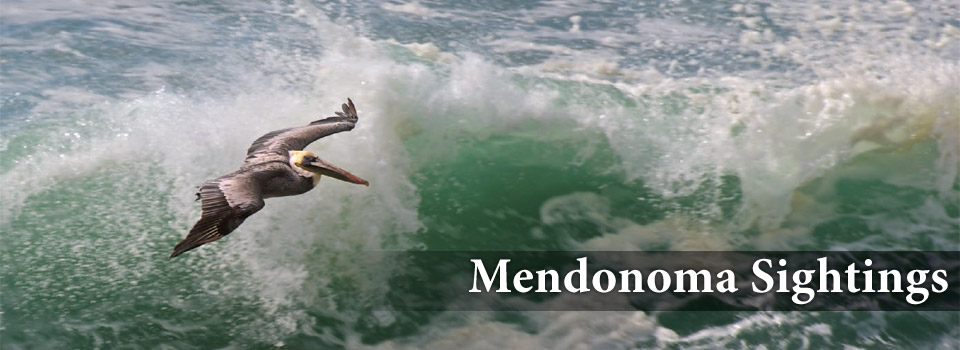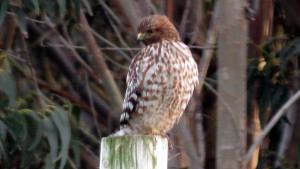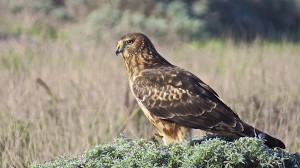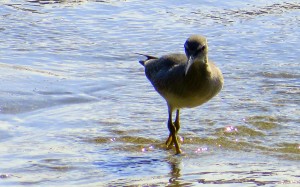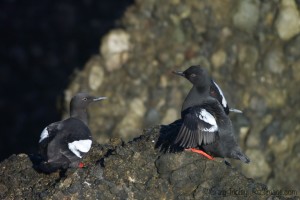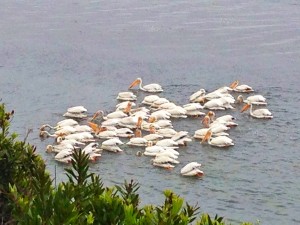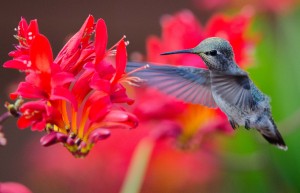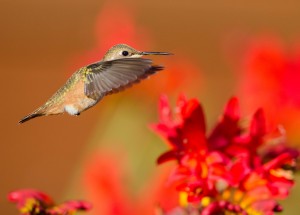Mark Simkins photographed a juvenile Red-shouldered Hawk recently. They are hawks of the forest, hunting prey such as frogs, mice and snakes.
And Richard Kuehn photographed a juvenile Northern Harrier. They fly low over the land hunting their prey, small animals.
To hear the call of a Northern Harrier, here's the link to the Cornell Lab of Ornithology: http://www.allaboutbirds.org/guide/Northern_Harrier/sounds
To hear the call of a Red-shouldered Hawk, here is the link: http://www.allaboutbirds.org/guide/red-shouldered_hawk/sounds
Thanks to Mark and Rich for allowing me to share their photos with you here.
